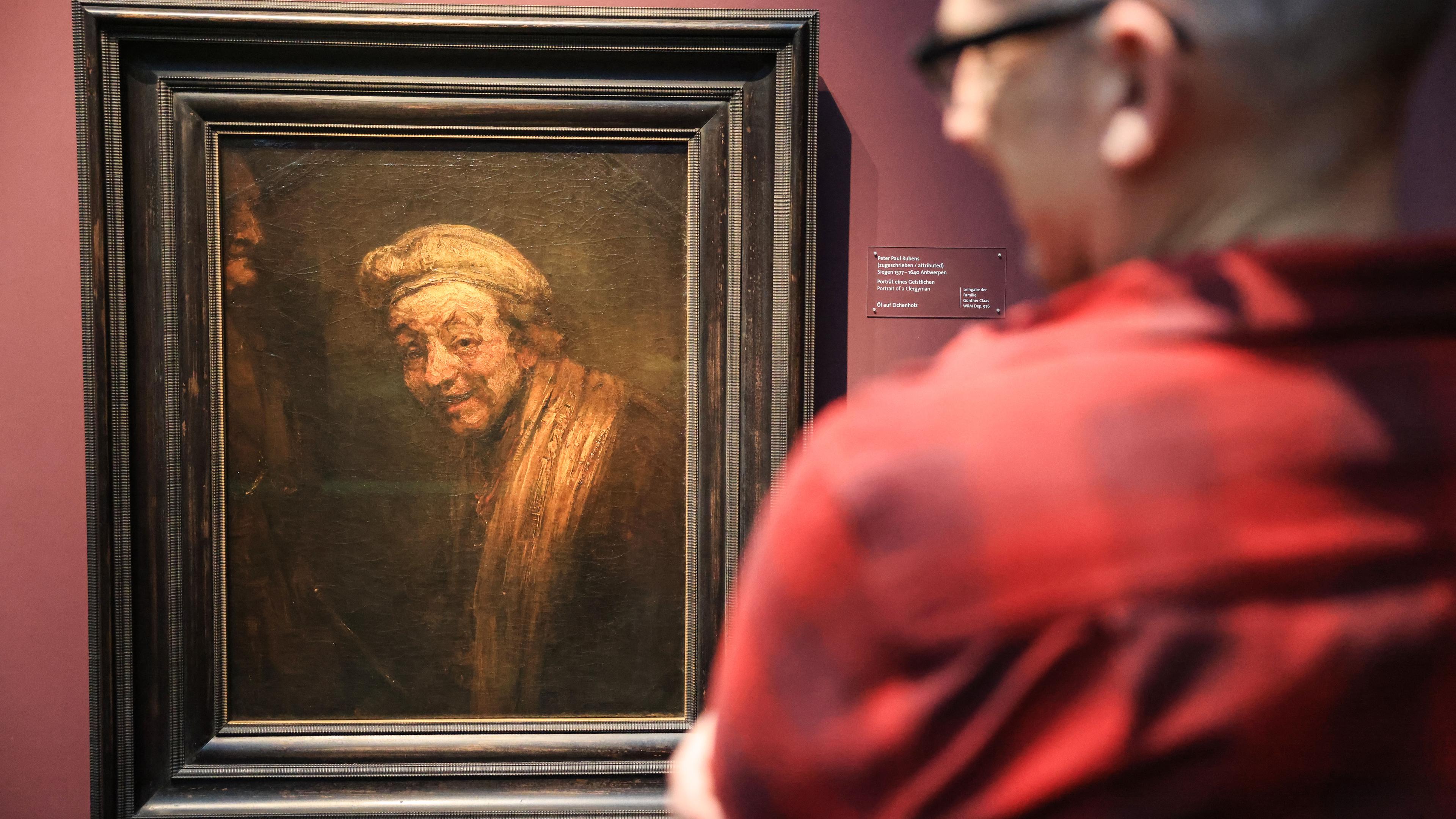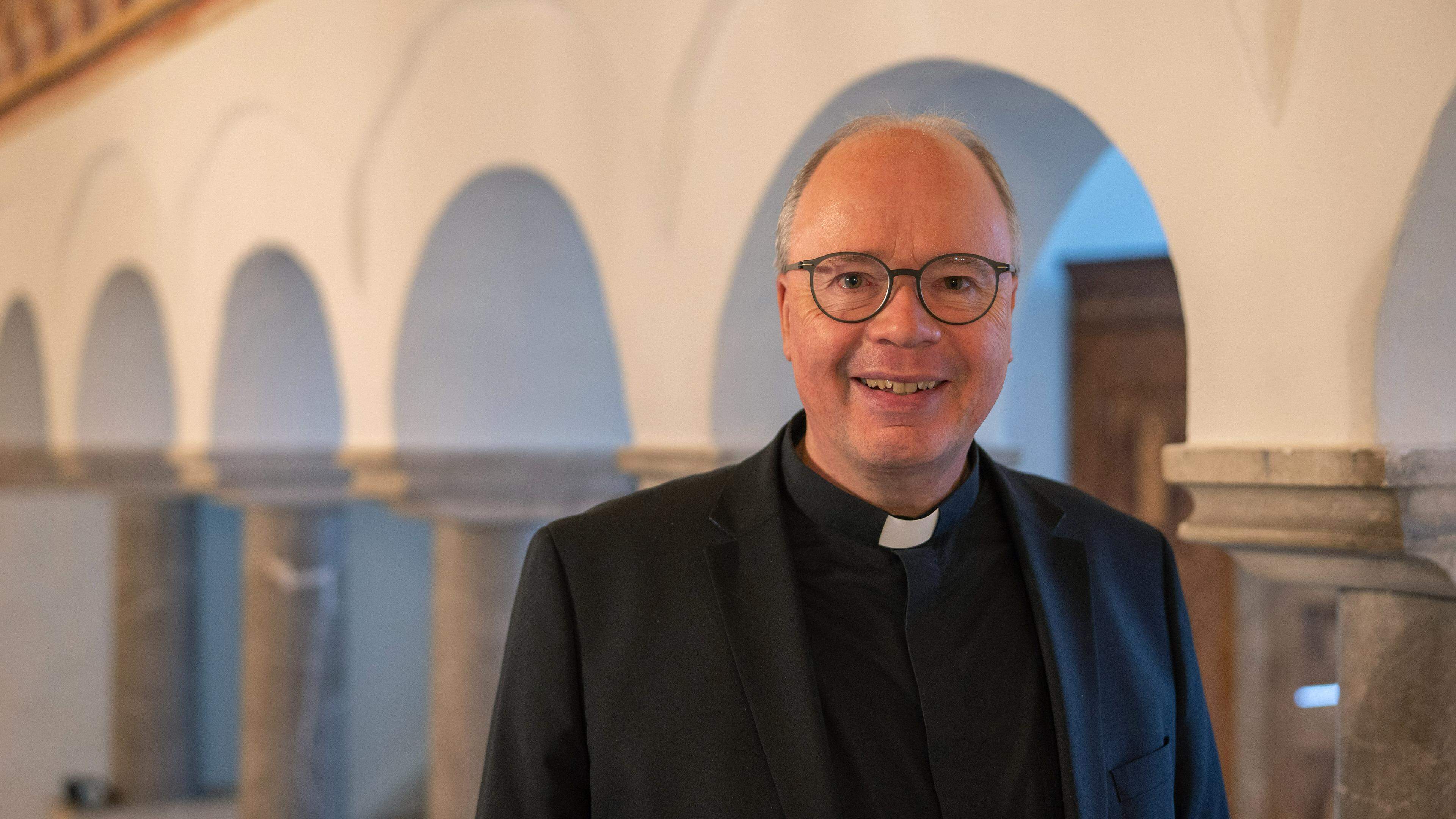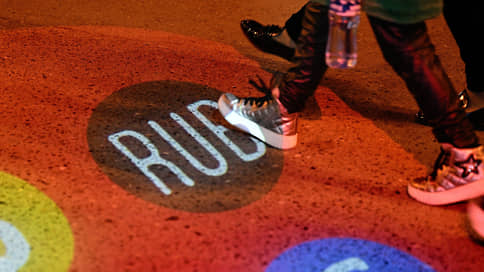Rembrandt's strange side | Luxembourg word

Curator Anja Sevcik stands between two men – Rubens and Rembrandt. To the right of her hangs a self-portrait of the Flemish baroque painter Peter Paul Rubens in the middle of friends, on the left a self-portrait of the Dutch master Rembrandt van Rijn in his characteristic light-dark painting. « If I was invited to dinner from both, I would choose Rembrandt, » admits the art historian. “Rubens would certainly be very polite, he was not only a painter, but also a diplomat and gentleman. But I think it would be much more exciting with Rembrandt. Even if he could be very moody and rough. «
Rembrandt laughs dead?
Anja Sevcik (58) looks after one of Rembrandt's most famous works in the Wallraf-Richartz Museum in Cologne-a self-portrait on which he laughs. This is extraordinarily rare, because for centuries you could almost always be painted with a serious face, after all you wanted to be remembered as a serious person.
I find pictures that I can understand.
Curator Anja Sevcik quotes Gerhard Richter
Rembrandt's self -portrait is a very special picture, you can already see that as a layperson. The suggestive style, which leaves a lot of your own imagination, looks extremely modern. One can hardly imagine that the picture was painted more than 350 years ago, someday around 1662/63, in the last phase of life in Rembrandt (1606-1669). As a streamed old man with raised eyebrows, he looks straight into the eyes of the museum visitors from the dark. « I always have the feeling that people connect it, » says Anja Sevcik.
The laughing Rembrandt in the Cologne Carnival Metropolis – that is very fitting. It may also be disguised. Maybe he will play the Greek philosopher democrit who laughs at the world. But maybe also the Greek painter Zeixis. He is said to have even laughed dead – about a wrinkled old lady he should paint. In fact, an old figure in the profile is shown on the left edge of the picture.
Curator Anja Sevcik stands in the Wallraf-Richartz-Museum between the paintings « Self-portrait as Zeixis » by Rembrandt (right) and a self-portrait of Peter Paul Rubens. Photo: dpa
However, Rembrandt cannot be seen in the picture with a real laugh flash. He laughs at the viewer, and a trace of melancholy also seems to be part of it.
The Israeli painter Jehuda Bacon, who survived the Auschwitz extermination camp, once answered the question of the strongest picture he has ever seen: “Rembrandt's self-portrait in the Wallraf-Richartz-Museum. Smile and cry at the same time – there is never a smooth answer at Rembrandt. ”
As mysterious as the smile of Mona Lisa
Anja Sevcik finds Rembrandt's laughter no less puzzling than the legendary smile of Mona Lisa in Paris. That is precisely that makes the picture so attractive to you. For an explanation, she refers to a saying by the Cologne painter Gerhard Richter: « I find pictures that I can understand. » At Rembrandt, one almost always has the impression that the work is not completely captured – « and this ambiguity is one of the most important quality criteria for art ».
Student, teacher, artist: Rembrandt and van Hoogstraten in a new light
The Rembrandt plant hangs in Cologne in a large hall with many other pictures of baroque painters. All first-class works-but only from the Rembrandt painting is something magical. « Even if I go on it for the umpteenth time, I just have to look again and again, » says Anja Sevcik.
« It has something in itself. This penetrating gold alone. Or this look from him. And it is also a human picture as he looks at us. Without pre -stem. Without making yourself younger or more beautiful than he is. » The counter-draft to today's selfie culture could be said. The art expert smiles: « I have really great empathy for him. »







